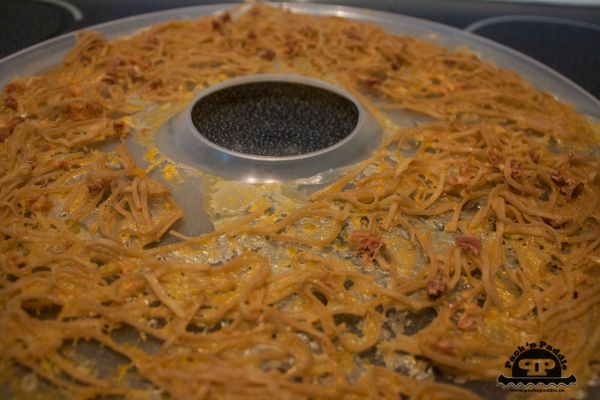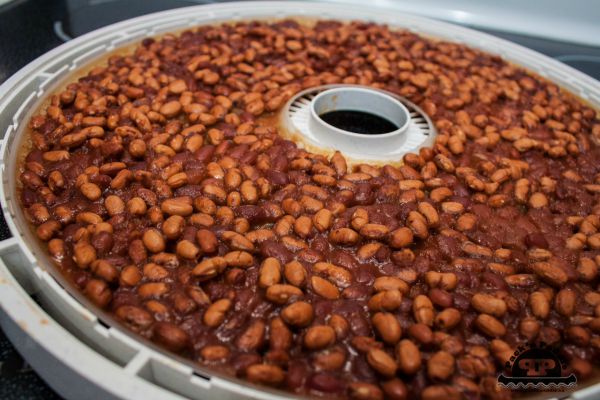4 Food Dehydrating Recipes Made Easy
In this day and age, life can be hectic. Maybe you are a business executive with a jam-packed schedule, a parent managing an active household, or a retiree who is busier now than you ever were when you were employed. No matter the stage of life you find yourself in, time is a precious commodity.
Each of us gets 24 hours per day. None of us is capable of manufacturing more hours in a day, we must simply choose to use our time wisely.
Some people think dehydrating food is too time consuming and they just don’t have time for it. But what if dehydrating food could save you both time and money? How is this possible, you ask?
With food costs on the rise, it is imperative to minimize your household food waste in order to keep your total monthly household grocery bill at a manageable level. Ever find yourself wondering what to do with the leftovers from last night’s meal? Dehydrate them. Finding it hard to finish the fresh vegetables and fruit in your refrigerator before they spoil? Dehydrate them.
I could go on, but you get the idea. Making dehydrated snacks and meals is a process that can be as easy or as complicated as you would like it to be. Here are some easy-to-prepare dehydrated meal and snack ideas I tried with my own family which may help save you and your family both time and money.
4 Food Deydrating Recipes
1. Chicken Noodle Soup
On a rainy or chilly day, you may only want to stop for a quick lunch and something warm would definitely hit the spot. Soup may be exactly what you are looking for. If you have cans of soup in your pantry, try dehydrating two cans of chicken noodle or vegetable soup.
Open the cans using a can opener and pour the contents onto a fruit leather tray. Spread the soup out in a thin layer and dehydrate for approximately 8 hours on medium to high (135F to 160F). Once dehydrated, break the dehydrated soup into small pieces and store it in a zippered, plastic sandwich bag or a vacuum-sealed pouch.
Make note of the amount of water to add in order to rehydrate the soup. Generally you will use two cans of water (approximately 2.5 cups) to rehydrate two cans of soup.
2. Pork and Beans
Pork and beans can be a hearty side dish to add to a meal. Spread two cans of beans (398 ml/14fl oz) in a thin layer on a fruit leather tray. Dehydrate and store just as you did the canned soup. Again, make note of the amount of water needed to rehydrate the beans. I used approximately 2 cups of water to rehydrate two cans of beans.
Figure 2: Two cans dehydrated pork & beans
3. Dehydrated Fruit
Dehydrated fruit makes an excellent snack on its own or can also be a tasty addition to oatmeal, yogurt, or gorp (good ol’ raisins and peanuts). Snacking on fruit leather is another delicious way to ensure you are keeping your energy levels up on your next adventure. Rather than spending a great deal of prep time cutting, peeling, and slicing fruit in order to dehydrate it, try using canned or frozen fruit instead to save time.
If using canned fruit, drain the juice from the can first before placing the fruit on a dehydrator tray. Another way to save money is to buy fresh fruit in bulk quantities. For example I once bought a 3lb bag of lemons then washed, sliced, and dehydrated them. I stored the dehydrated lemon slices in zippered, plastic sandwich bags in our pantry so we could later add one or two lemon slices at a time to our water bottles or water glasses.
Similarly, dehydrated apple slices are one of our favourite snacks. Therefore, I generally purchase apples in a 6lb bag so I can dehydrate several trays of apple slices at one time.
4. Pasta and Sauce
4. Pasta and sauce is a nutritious meal that is quick and easy to cook while at camp. Before heading out on your adventure, just open your favourite container of pasta sauce (tomato, alfredo, etc.) and pour it onto a fruit leather dehydrator tray.
Once dehydrated, place the sauce in a zippered, plastic sandwich bag or vacuum-sealed package and store it in another bag along with your favorite uncooked pasta.
One evening a few weeks ago, I made coconut chicken curry for dinner. The recipe called for small amounts of tomato sauce and canned tomatoes. I checked our pantry and all we had were large cans of each, which meant I had leftover tomato sauce and tomatoes. Not wanting the extras to go to waste, I mixed the sauce and the canned tomatoes together in a bowl and poured the mixture onto a fruit leather dehydrator tray. The dehydrated sauce can now be easily rehydrated at camp by boiling it together with spaghetti noodles.
Conclusion
These are just a few ways you can save both time and money with your food dehydrator. Please click here for additional food dehydrating recipes, snack ideas and food dehydrating tips. In the meantime, head to your pantry, refrigerator, or freezer…you never know what delicious dehydrated snack in the making is there waiting to be discovered!




